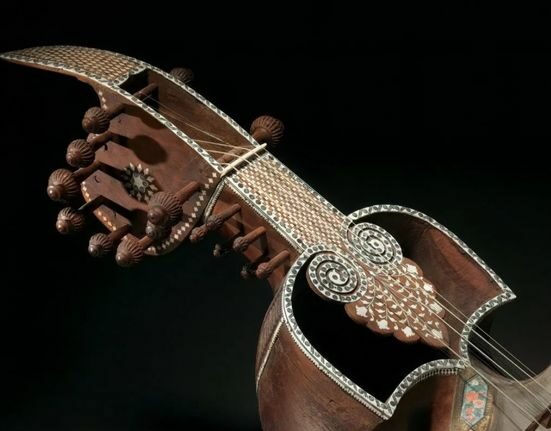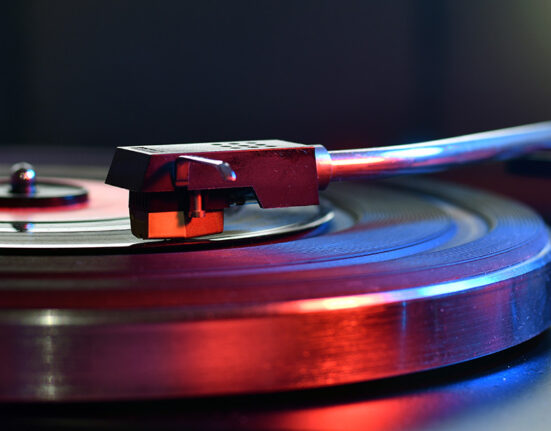Ella Fitzgerald, Frank Sinatra and Billie Holiday are all names that even those who are unfamiliar with jazz are familiar with. Their passionate and artistic music has been a blessing to music fans. Jazz is freedom, a form of expression, a sense of uniqueness, unity and diversity, and most of all, a sense of oneness among people coming from different cultures, professions, artforms and walks of life. Apart from the music, Jazz also has a strange, yet an interesting history. In this article, we take you through its origin, straight to the melting pot of Jazz, Blues and Ragtime-New Orleans, some of the quintessential contributors of Jazz and blues, and lastly, the current growing scene. Read to find out more.
Kritagya Kriti | BeatCurry Team
The origins of Jazz
Jazz is a diverse musical genre characterized by intricate harmonies, syncopated rhythms, and a strong emphasis on improvisation. African Americans from New Orleans, Louisiana, were the forerunners of Jazz. It grew out of the African American experience in the United States. New Orleans differed greatly from the rest of the young United States in its Old World cultural relationships.
The Culture-Mix
The colony’s culture was enriched not only from Europe but from Africa as well. As early as 1721 enslaved West Africans totaled 30% of the population of New Orleans, and by the end of the 1700s people of varied African descent, both free and slave, made up more than half the city’s population. Many arrived via the Caribbean and brought with them West African cultural traditions. Ethnic diversity only further increased during the 19th century.

Many German and Irish immigrants too came before the Civil War, and the number of Italian immigrants increased afterward. The concentration of new European immigrants in New Orleans was unique in the South. This rich mix of cultures in New Orleans resulted in considerable cultural exchange. West African folk songs, spirituals, blues, and this cultural exchange, along with the marching band heritage all influenced the development of jazz.
Early Development of Jazz: 1860 to 1906
Despite being developed by African-Americans, Jazz music was influenced by European harmonic structure and African rhythms. After the American civil war ended in 1865, many former slaves started working as musicians and slowly jazz music started getting hype. Charles “Buddy” Bolden, who was born in New Orleans in 1877, is credited with being the first to introduce jazz and is referred to as the “first man of jazz,”. The popularity of bandleader Charles “Buddy” Bolden is most intently connected with the early origins of jazz in New Orleans.

Dancing had long been an integral part of New Orleans nightlife, and Bolden’s fame relied on his ability to provide dancers with exactly what they desired. More excitement was desired by dance audiences, particularly the younger ones. Ragtime, blues, and, later, jazz was born to bridge that gap. Bolden was an improviser who didn’t leave any written music behind. He was never documented and, due to poor health, was institutionalized in a state sanatorium in 1906, where he remained for the rest of his life.

Jazz brass bands at funerals
Brass band funerals, music for picnics at parks or baseball games, Saturday night fish fries, and Sunday camping along the beaches of Lake Pontchartrain at Milneburg and Bucktown all contributed to the early development of Jazz in New Orleans.
Rise of Jazz: 1910 to 1960
In the 1910s and 1920s, Jazz had a frontline that included a Cornet or Trumpet, as well as Clarinet and Trombone. During this decade, polyphonic collaborative improvisation was a hallmark of Jazz. The rhythm section was backed by a Banjo or Piano, Double Bass or Tuba, and Drums. James Reese Europe, a musician, expanded the reach of jazz outside of America in 1918. During World War I, he was the leader of The Hellfighters, an infantry band that introduced French and British soldiers to the new American sound. After then, Europe aided in the spread of Jazz music throughout the world.

During the 1920s, Louis Armstrong who was born in the Louisiana city of New Orleans had a founding influence on jazz. He shifted the focus of the music from collective improvisation to solo performance, after rising to fame as an inventive Trumpet and Cornet player. Jelly Roll Morton is widely considered the first true Jazz composer. He was the first composer to write down the music for his band. The Original Dixieland Jazz Band’s first jazz recordings, made in 1917, were hugely popular and helped spread the music to a wider audience across the country.

Louis Armstrong: American Trumpeter and Vocalist
From the 1910s to the 1940s, swing music and big bands were extremely popular. Swing music is a jazz style that appeared in the late 1920s and early 1930s in the United States. From the mid-1930s forward, it grew in popularity across the country. Big bands first appeared in the early 1910s and dominated Jazz throughout the early 1940s, when swing was at its peak. During this time, jazz was America’s most popular music. The Clarinet was one of the most popular Jazz instruments in the 1940s, but the Saxophone eventually took its position. In the 1930s, there were a lot of big bands and swing music, with Duke Ellington, Benny Goodman, and Glenn Miller among the most popular. In the 1940s, a new generation of singer-bands arose, including Frank Sinatra and Sarah Vaughan, who both went solo. They all came to popularity and performed in front of huge groups.

Duke Ellington: Composer, Pianist and Jazz Orchestra band leader
Duke Ellington and Louis Armstrong were also instrumental in making New York City a music mecca. NYC was known as the center of the jazz world by 1930, thanks to the excitement of the Big Apple and the diversity of venues in which to perform. With the end of prohibition in 1933, New York City’s jazz clubs became the destinations for many cinema stars and celebrities.
In the late 1940s, Jazz moved from big-band Jazz into a new expressive genre that mirrored societal changes and postwar reality. Bebop, sometimes known as bop, was introduced in the 1940s. Bebop’s emphasis on improvisation allowed for a burst of creativity. During the decade from the 1950s to the 60s Cool Jazz was introduced as an alternative to bebop. Lester Young was one of the most prominent artists who contributed to the development of cool jazz.

Miles Davis: American band, Trumpeter and composer
Musicians that drove the cool jazz movement include Miles Davis, Modern Jazz Quartet, Lester Young, and Milt Jackson. Later in the late 1950s Soul Jazz was developed. In 1959 Ornette Coleman pioneered free Jazz. Unlike bebop, which featured a single soloist with chordal accompaniment at a time, free Jazz emphasized collaborative improvisation, in which everyone in the band improvised at the same time, constantly reacting to one another.
Jazz-rock Era 1960 onwards
Jazz-rock first appeared in the late 1960s. Miles Davis’ band was the first to bring Jazz-Rock to the world. They began playing with electronic instruments. Jazz improvisation was combined with disco and funk by artists like Herbie Hancock and Weather Report to create danceable music. The rise of European jazz, which has often had its own distinct sound, the intricate rhythmic music of the M-Base movement in the 1980s, and the neo-traditionalism of the Young Lions school are some of the latest trends in jazz.
What Does the Future Hold?
Jazz incorporates all of the components found in other types of music. Because of its historical significance, jazz music will never go out. All types of jazz (e.g Dixieland, swing, bebop, etc.) are still being played and recorded today, despite the fact that Jazz is continuously developing and many of today’s jazz players are exploring new styles.
New jazz genres will increasingly utilize technology in the future. Computers and electronic instruments that we have yet to envision will have a role in the future of Jazz. Keeping the fundamentals, purpose and the meaning of Jazz, it’s certain to think that the future of Jazz shall hold a lot more discoveries, realizations and new voices contributing to this space.
Related things you’d like to see:
Greatest benefit concerts of all time
Pink Floyd reunites for Ukraine
From Jazz to Indian Classical, here’s how music found a home at India’s Rashtrapati Bhavan
Top 7 places to explore local street music of Jaisalmer
Check out the BeatCurry Podcast
‘Tuned to perfection’ – Small town in Gujarat making the best harmoniums
All about the Middle-Eastern Qanuns
If you’d like to know about the unique and versatile forms and flavors of music,
Follow us on Facebook, Instagram and YouTube
And stay tuned for #allthingsmusic from BeatCurry.com







